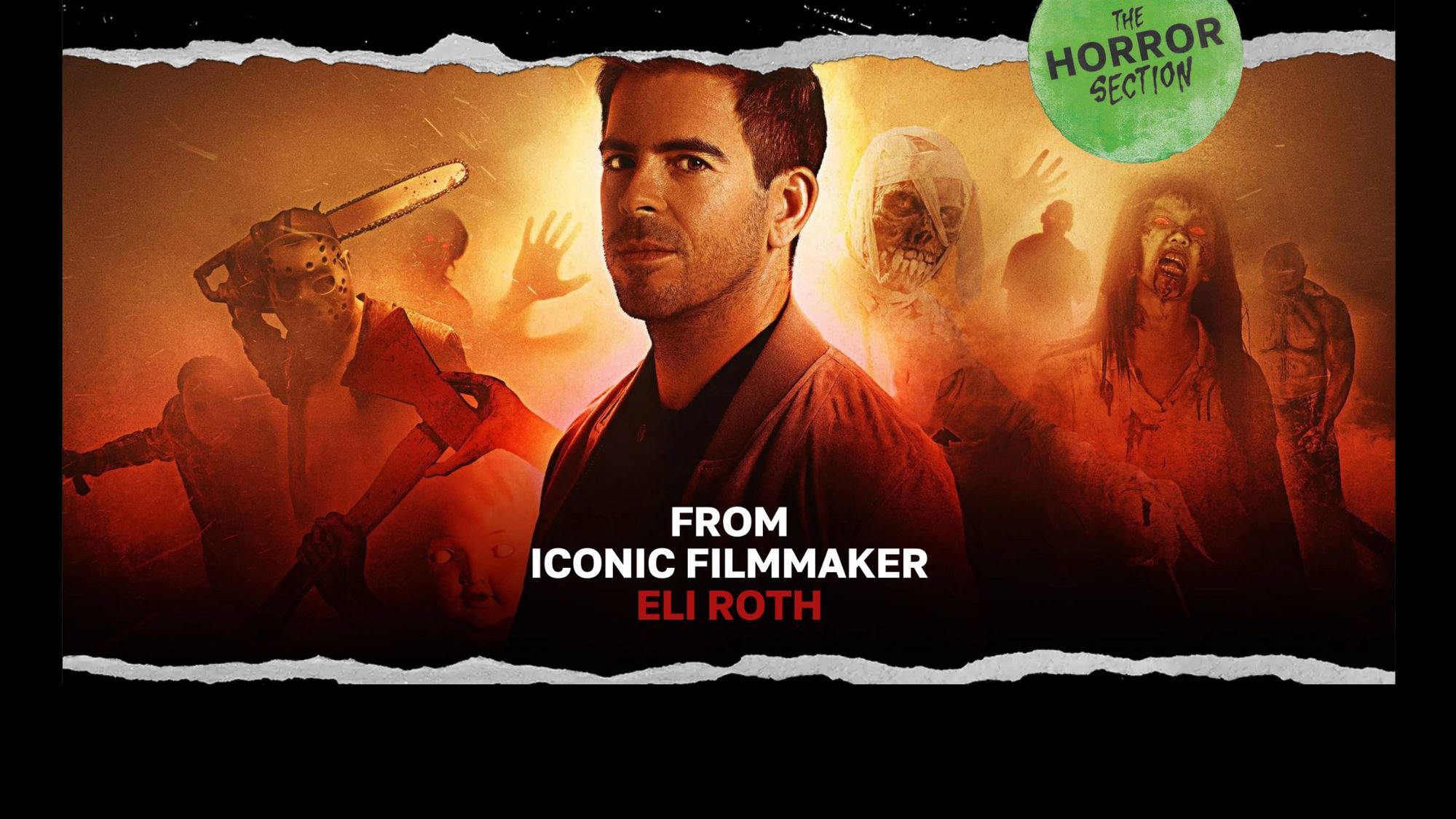Will Anyone Find Their Way Out Of "PUZZLE BOX" (2023) Alive? (REVIEW)
Found Footage has to be one of the most difficult sub-genres to attempt. There are so many “rules” to the formula one can find themselves boxed in creatively by their constraints. What are these “rules “you ask? Well, nothing has even been etched in stone but they generally consist of the following:
A declaration at the beginning of the film that this footage has been found, those involved discovered dead or missing.
The footage must remain unaltered or presented as altered by those who’ve found it to further clarify what transpired, like in a Mockumentary. If presented as unaltered there should be no glaring cuts other than turning the camera “on” or “off.” This does not apply to a mockumentary, which can be highly produced.
There needs to be an established reason “why” the filming is taking place, it needs to make sense and it should necessitate continuing filming as the terror mounts.
The protagonist must have a plausible reason for continuing to film in the face of danger. This is the trickiest of all rules and is frequently the rule most broken. We can all admit in reality the camera would be dropped immediately if not thrown directly at the source of terror. It’s the filmmakers task to keep the viewer believing that the filming should be taking place.
There should be no soundtrack or score
“PUZZLE BOX,” a 2023 Found Footage film, directed by Jack Dignan and released by Welcome Villain Films does its best to break just about all these rules and more. This isn’t necessarily a bad thing. Rules are meant to be broken and doing so often leads to exciting new directions and possibilities for the genre. Sadly, this is not one of those breakthrough examples like “REC,” “HOST,” or “CLOVERFIELD.” Instead, we get a muddled film that relies too heavily on the trope of addiction as metaphor and repetition in place of chills. The film begins with Olivia (Laneikka Denne, “WELLMANIA”) driving her sister, Kait (Kaitlyn Boye, “HOME AND AWAY,” “THE FURIES”) to a secluded location so Kait can detox from heroin abuse. They’ve agreed to film the entire process to keep Kait focused and accountable. We’ve seen worse reasons to film for sure but this is a fairly flimsy reason to keep filming later on when things start to escalate and probably the weakest element to the Found Footage formula in “PUZZLE BOX.”
The sisters soon realize that they’ve been locked out of their house, building to some decent dramatic tension and unease with their unfamiliar surroundings. After entry into the house is resolved the sisters begin to bicker about their perceived versions of support given or denied, who has sacrificed more, and who’s ultimately responsible for the situation they're currently in. These early scenes show promise as the actors are more than capable of coming off as realistic and selling the tension between them. It’s not until the fight escalates and the sisters retreat to their respective corners that the film shifts gears completely. As Kait starts filming while looking for Olivia, she encounters a woman in a bloodied white tank top (Cassandra Girard) who immediately starts shrieking and chasing Kait throughout the house, as Kait enters and exits rooms the house begins changing with new, unfamiliar rooms added and new doors and hallways present. We are now in the puzzle box.
This isn’t a bad setup up and if it were executed creatively could have been a surreal nightmare worth watching. Instead, the viewer is subjected to scene after scene of Kait stumbling, in green-hued night vision, from room to room as Girard chases her, shrieking endlessly. These scenes go on for the majority of the second act. The problem is that all the rooms look the same, there’s no distinction, so the viewer is left confused and ultimately bored as these scenes play on endlessly. Adding insult to injury, Girard’s shrieks turn from shocking to grating quickly, robbing the film of any dread it’s been trying to build. An unfortunate choice to have the camera lens crack in the third act as a metaphor for the broken cycle of Kait’s addiction comes off as less dramatic and more screensaver, taking the viewer almost completely out of the film. Addiction as an endless labyrinth of misery for the addicted and all those who love them is an adequate metaphor and is a perfect canvas for most genres, however, it’s all too easy to lose sight of the scares when you're trying too hard to land a point. PUZZLE BOX suffers from this, unfortunately. The intent is there but the execution is lacking resulting ultimately in a weak effort at terror.
Stay up to date with “The Dark Side Of Pop Culture” by following Macabre Daily on Instagram, Facebook, and Twitter.















Sean O'Connor has been an avid horror fan for the last 4 decades. From the Universal Classics through the New French Extremity, Sean has tried to expand his knowledge and love for the genre through film and literature and looks forward to reviewing all types of world cinema with Macabre Daily.